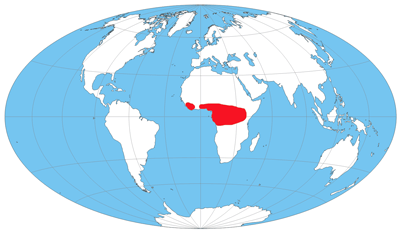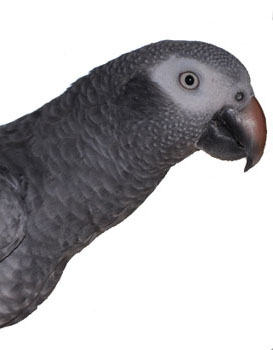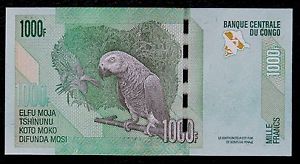African Grey Parrots
|
|||
|
|
|
|
Both subspecies of African Grey parrots are found in West and Central Africa, with Timnehs located in a smaller area, including Liberia and the Ivory Coast region. The African Greys' habitat is found mainly in the swamps and mangroves of lowland forests in equatorial African countries like Nigeria, Ghana, Sierra Leone, Guinea, Liberia and the Ivory Coast. In the wild, African Grey parrots live in large flocks of up to several hundred birds that are most often spotted when the flocks fly between foraging and roosting sites. They communicate with each other using high-pitched sounds and whistles. The African Grey parrots' diet in the wild consists mainly of seeds, nuts, fruits (especially African Oil Palm), berries, and some green leafy matter. They are partial ground feeders and smaller groups of greys fly to the ground at a time while others stand watch in the trees for ground predators. African Grey parrots mate for life and build their nests in tree holes high above the ground. They typically lay three to five eggs in a clutch, one at a time every two to four days. The female grey incubates the eggs for approximately 30 days while the male guards the nest cavity and gathers food to feed her. Baby greys fledge when they are 12 weeks old and both parents care for them until they reach independence. The wild population of African Grey parrots is declining primarily because of illegal trapping for the pet trade and loss of habitat. The African Grey parrot is protected by CITES regulations which restrict the trade of wild caught species. Unfortunately, due to the African Greys' popularity as pets, many babies are still being stolen from nests. Sadly, it has been estimate that up to 90% of the trapped birds die before they ever reach the illegal market. |
Listen to African Grey parrots in the wild:
View a video of a flock of African Grey parrots foraging in the wild:
Video Credit: World Parrot Trust Psittacus erithacus
© 2015 Cornell University
|
|
|
|
|||||||||||||||
|
To see more pictures and information on a particular species click the links below:
Timneh African Grey
|
|
Related Articles
 African Parrots
African Parrots







































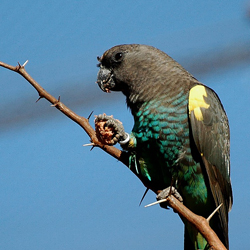



























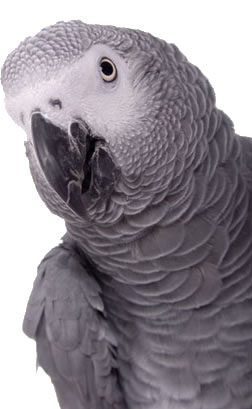
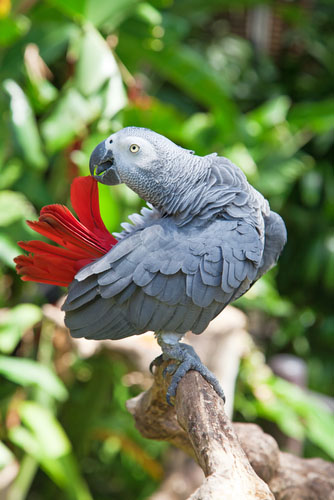 African Grey parrots are very popular as pets because they are extremely intelligent and can learn to talk and vocally interact with their human
African Grey parrots are very popular as pets because they are extremely intelligent and can learn to talk and vocally interact with their human 
